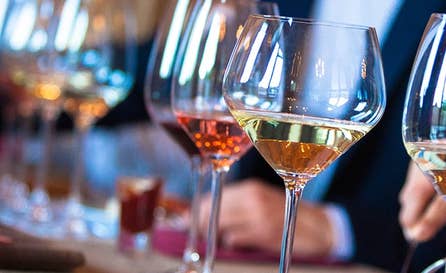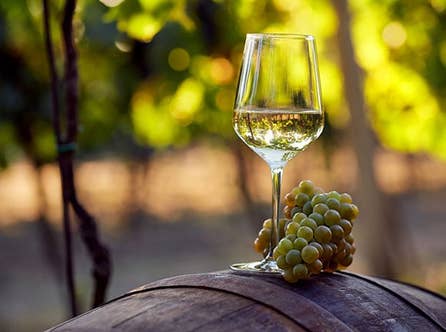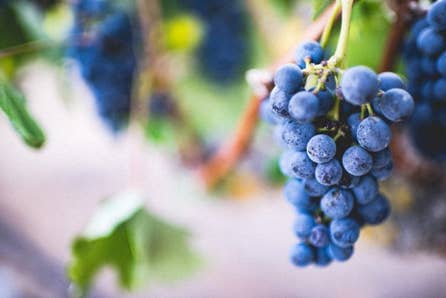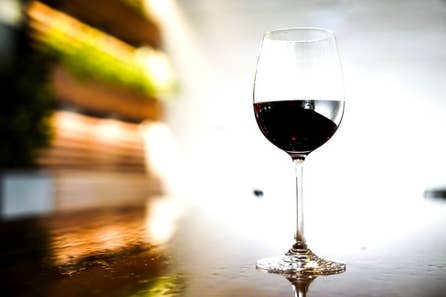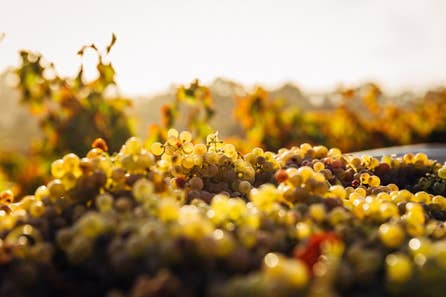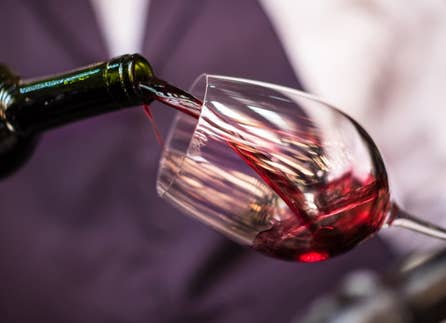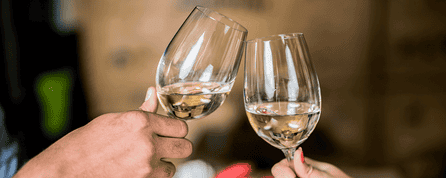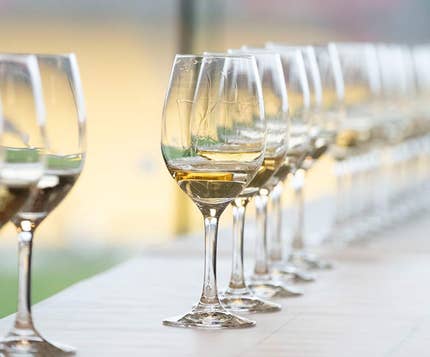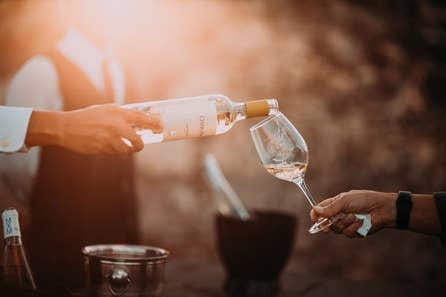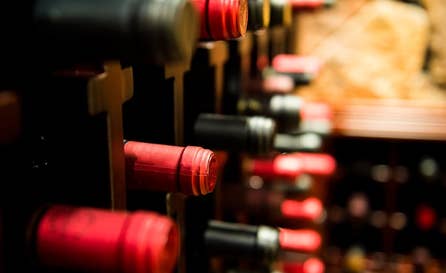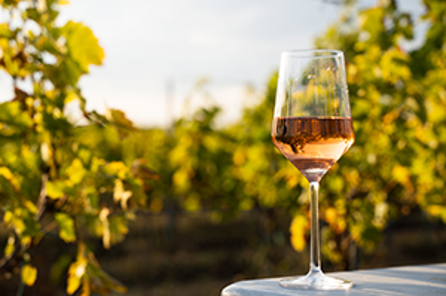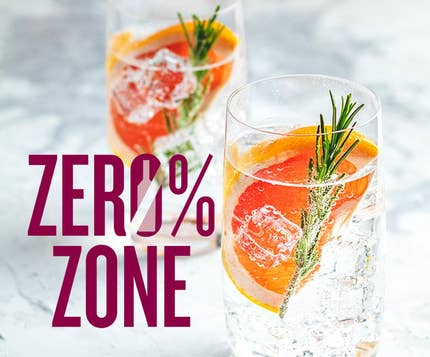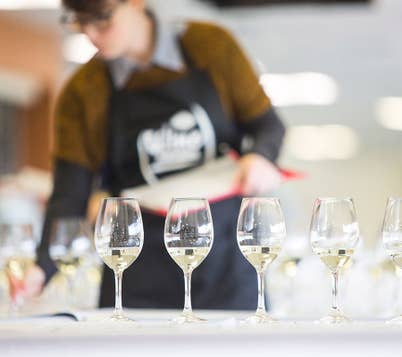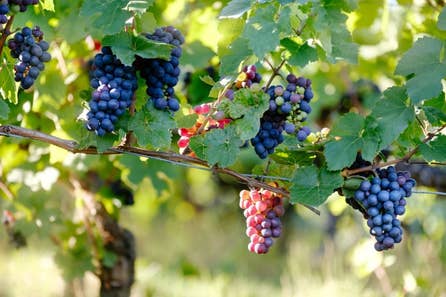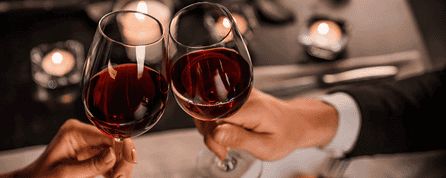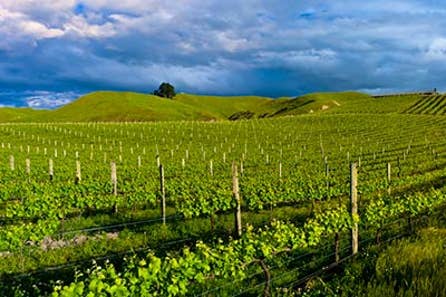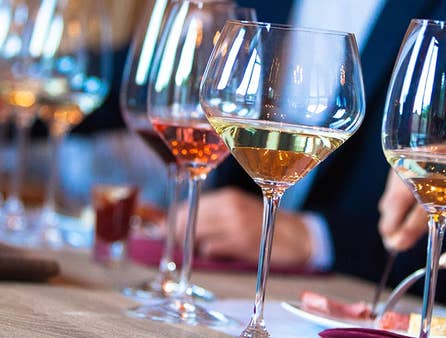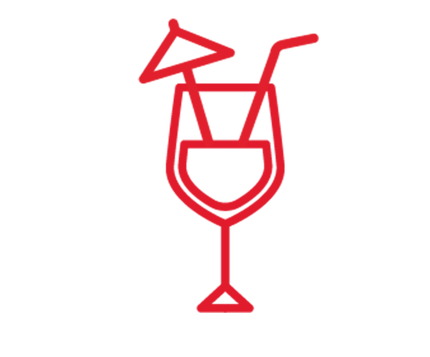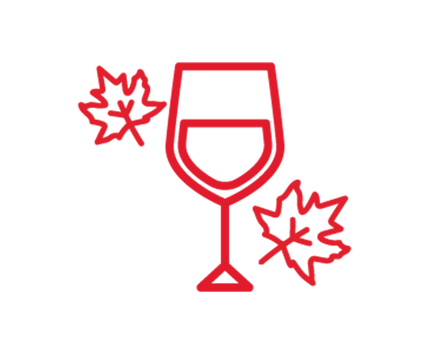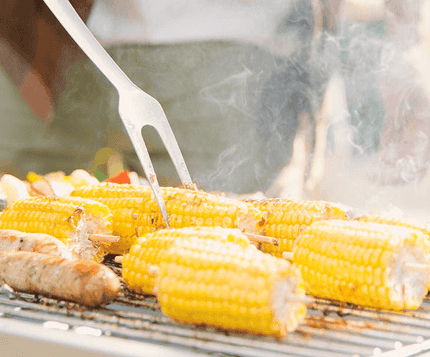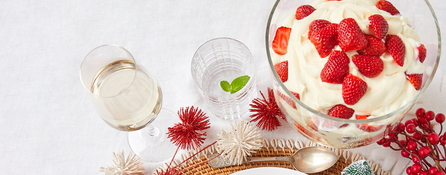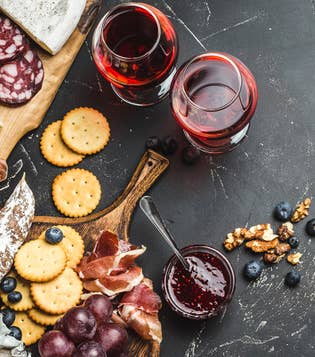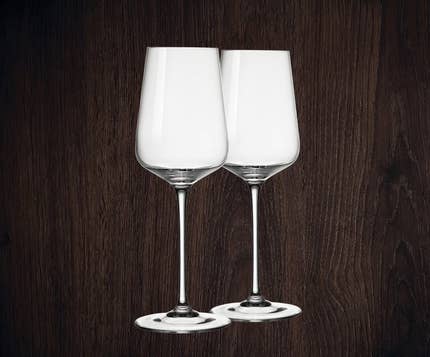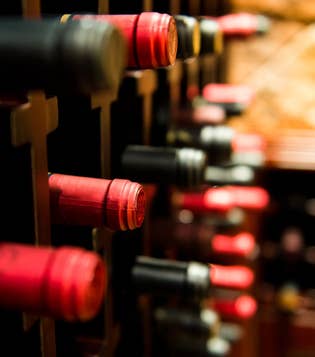Wine at New World
Your wine guide bought to you by our wine experts.
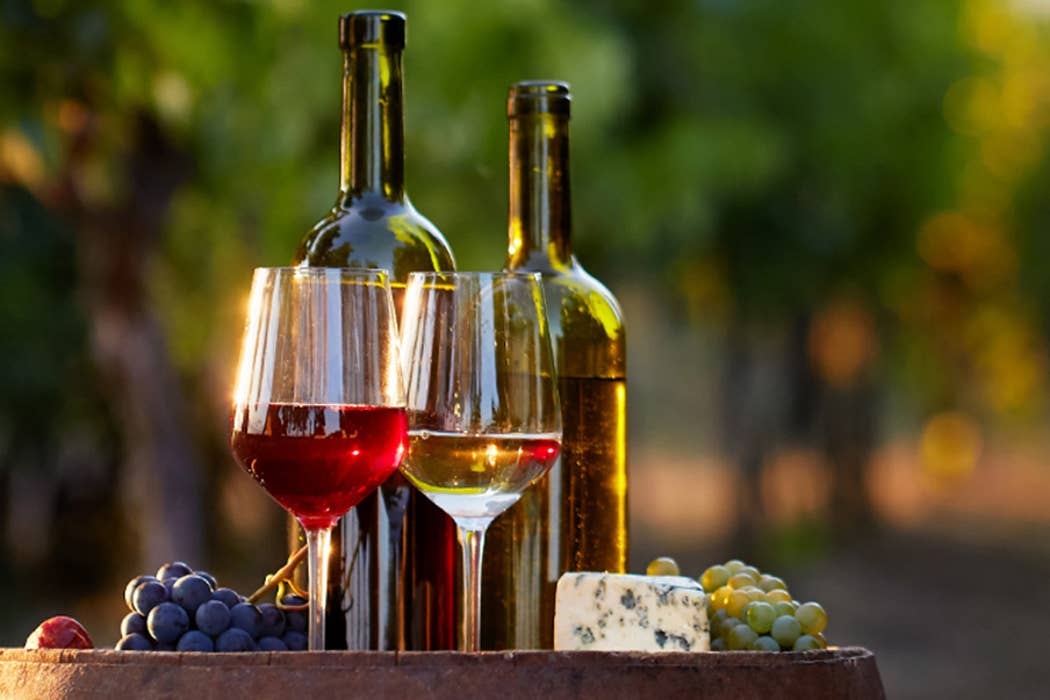
Expand your knowledge of wine, from what wine to pick, tasting notes and food pairing, to the fascinating history of your favourite varietal we've got you covered when it comes to wine.
Popular wine varietals
Use our guides below to learn a bit more about the main grape varieties and the varietal wines they produce.
1 / 0
Popular types of wine
Learn about the different types of wine and varietals, the difference in taste and how to choose a wine you like.
1 / 0
Our pick of the best for 2025
1 / 0
Wine for every occasion
Not sure what bottle to bring to the party, or whether you can drink red in summer? Here’s how to pick the best wine to suit any occasion.
1 / 0
Wine and food pairing
Wondering what wine to serve with dinner? We can help you make the perfect choice.
1 / 0
Serving, storing and cooking with wine
Everything you need to know about serving wine, keeping it fresh for longer and enhancing your favourite recipes.
1 / 0
